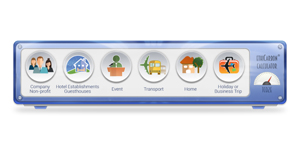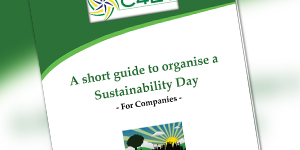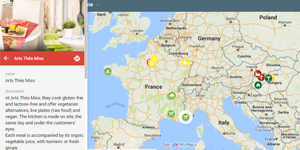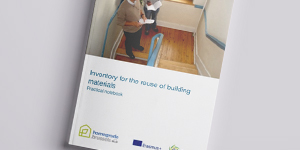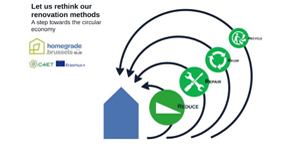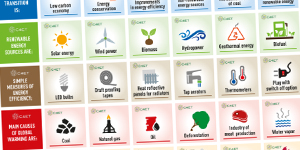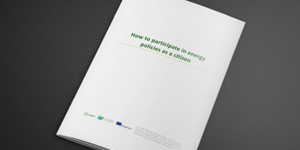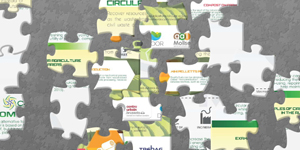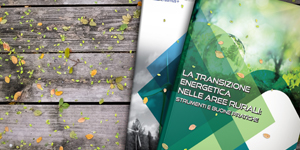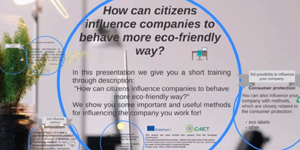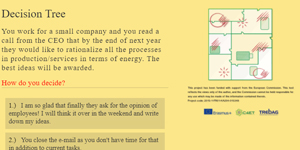designed to help citizens to better understand the challenges and opportunities of the energy transition and to engage in their personal life.
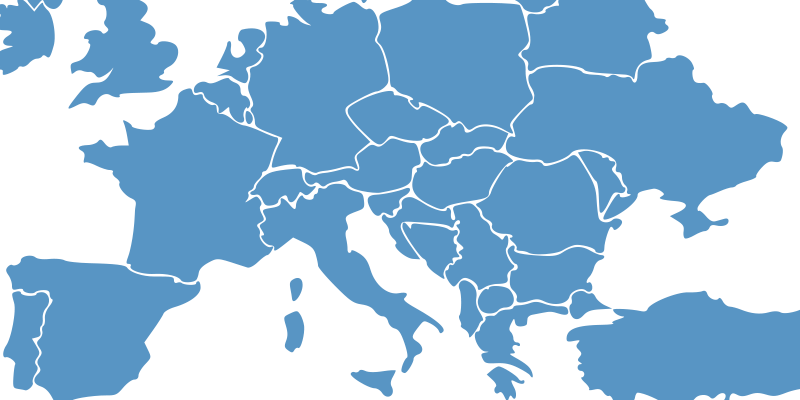
Tools
Countries
Million people targeted
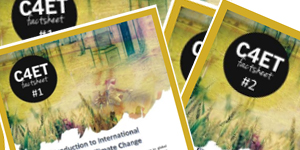
Factsheets
The objective of this portfolio is to address the complex nature of energy and climate change through a set of short explanatory, pedagogical and easy-to-read fact sheets.

Test your knowledge
Playing this will enable you to learn and try yourself on climate and energy issues, with focus on the scientific/historical basis, the policies led in these fields and the role of citizens in the transition towards sustainability.
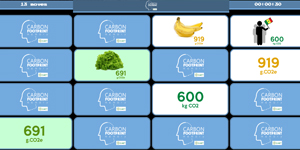
Test your memory
This game will allow you to work on your memory but also to learn on the carbon footprint of products/individuals across the world.
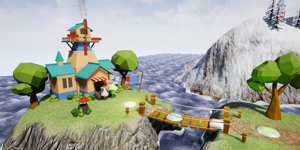
Eko and Logy
This game takes place on an isolated island where a brother and his sister, Eko and Logy, live. The construction of a new bridge will change their lives: they will be finally able to travel through various areas and learn more about their home's climate.
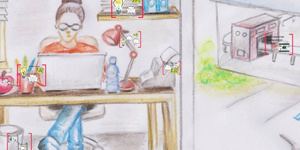
Surfing in the deep of a sustainable office
This tool graphically demonstrates the importance and influence of companies on energy and resource use, the economic benefits of saving measures, as well as tips and further links for the implementation of measures at home.

Project of the month
This tool allows companies to draw employees' attention to various energy issues. The tool explains company's energy management briefly and simply.
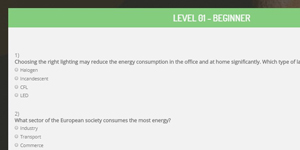
Sustainable employee of the month
Test your knowledge: beginner or advanced when speaking about energy transition? This tool is a quiz.
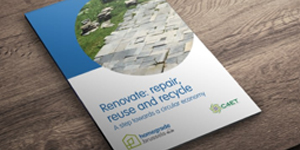
Brochure: "Renovate: repair, reuse and recycle"
This brochure is made to raise awareness of citizens on possibilities to reuse building materials when undergoing a house renovation.
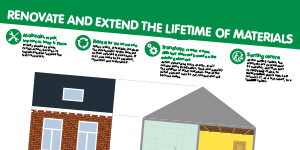
Poster: Renovate and extend the lifetime of materials
This infographic gives in a glimpse the main elements that can be maintained, repaired, improved, reused or transformed instead of being thrown away like it mostly happens during house retrofit.
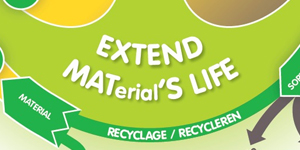
Board game : circular economy and refurbishment
Do you want to raise attention on possibilities to reuse and transforming materials on a playful way? This is your game!

Energy transition survey
The goal of this survey is to address citizens’ attitudes towards their energy consumption.
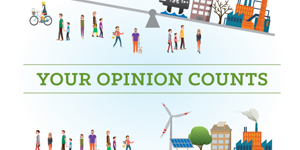
Your opinion counts
Your opinion counts! This poster aims to emphasise the fact that each one of us has the possibility to participate in decision making processes related to the environment and energy and to contribute to the overall prosperity of the community.
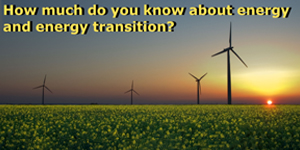
How much do you know about energy transition?
This quiz will help you learn something new about energy transition in a fun and easy way. Feel free to share your result with your Facebook friends! That way you can also inspire your friends to take the quiz and learn something new.
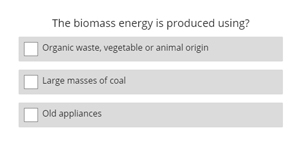
Assessment and auto diagnostic
This tool is an auto diagnostic instrument to test your knowledge in the field of energy transition in rural areas.
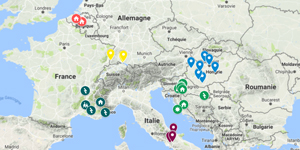
Interactive map
The aim of this map is to provide a visual identification of some of the many initiatives that are led in the rural zones of Europe, and in particular of the six countries of C4ET project, to promote sustainable development, protection of the environment, energy conservation, renewable energy development, sustainable agriculture, etc.

"Cantine d'Uva" Virtual Tour
This short virtual tour will show you – through text and images - a best practice for energy transition in rural areas: Cantine D’Uva in Larino, Italy and its innovative system for the conservation of wine based on geothermal energy.
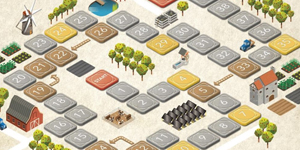
Think green play green!
The board game “Think green play green” is a tool designed for citizens who like to play and think at the same time.

Be a green officer!
This “Poster” was designed for companies who are willing to engage and raise their employees’ awareness on practical energy issues.
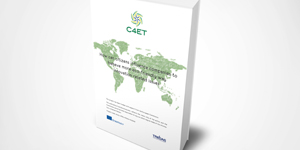
Renovate your company with innovation
This ebook is about “How can citizens influence companies to behave in more eco-friendly ways – Innovation related issues”.


